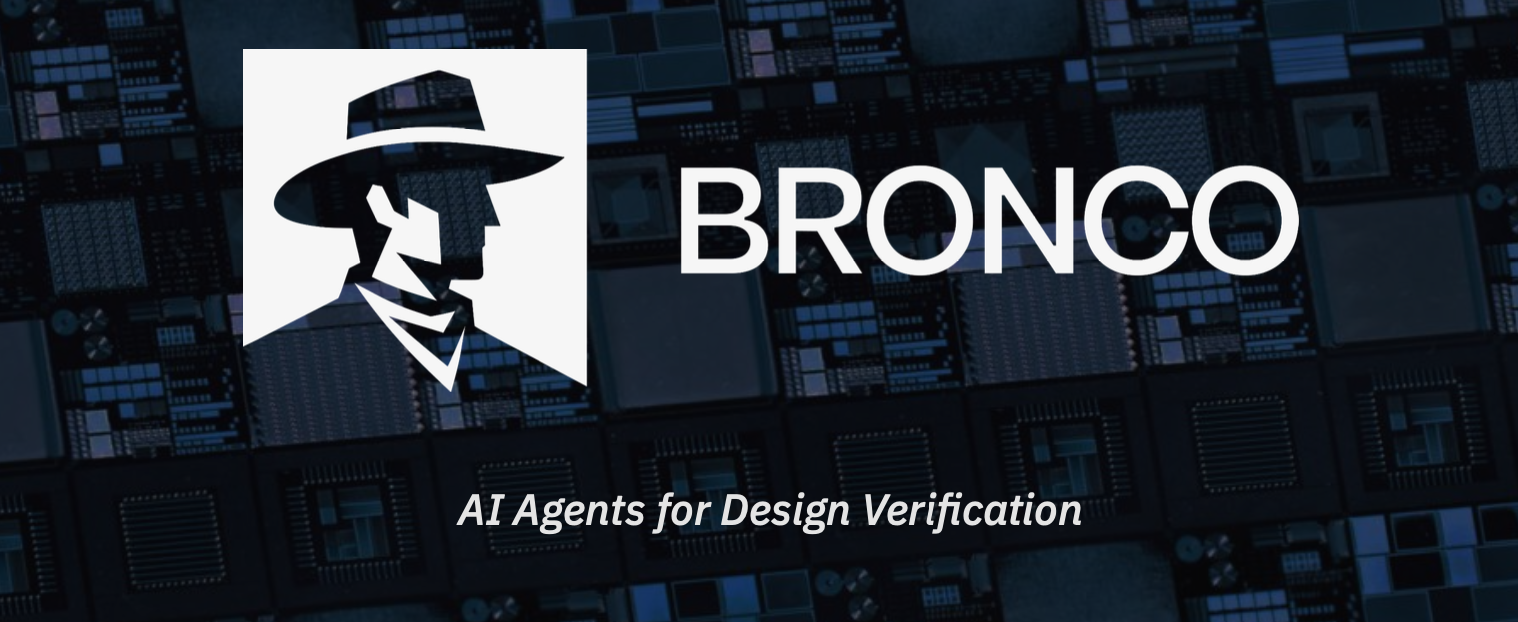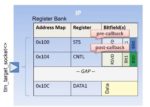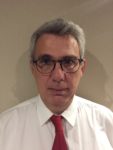Ansys addresses complex Multiphysics simulation and analysis tasks, from device to chip to package and system. When I was at eSilicon we did a lot of work on 2.5D packaging and I can tell you tools from Ansys were a critical enabler to get the chip, package and system to all work correctly.
Ansys recently published an Application Brief… Read More

















Quantum Computing Technologies and Challenges